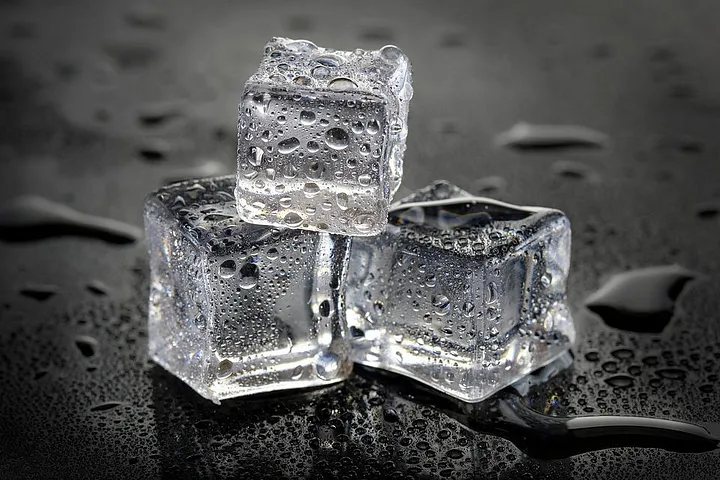walk in cooler equipment sizing
Walk-In Cooler Equipment Sizing A Comprehensive Guide
When it comes to ensuring the efficiency and efficacy of your walk-in cooler, proper equipment sizing is paramount. A walk-in cooler serves as a critical component in various industries, including food service, agriculture, and pharmaceuticals, where temperature control is vital for preserving the integrity of perishable goods. An appropriately sized cooler not only supports optimal performance but also enhances energy efficiency, reducing operational costs. In this article, we will explore the key factors to consider when sizing walk-in cooler equipment.
Understanding Cooling Load
The first step in sizing your walk-in cooler is to determine the cooling load. This refers to the amount of heat that must be removed from the cooler to maintain desired temperatures. Several factors contribute to the cooling load
1. Product Load The type and quantity of products stored will influence the cooling requirements. For instance, if you're storing larger volumes of warm products (like bulk fresh produce), the initial heat load will be higher.
2. Ambient Temperature The temperature of the environment where the cooler is located also affects the cooling load. A cooler placed in a hot kitchen will need to work harder, increasing its cooling requirements.
3. Insulation Values The R-value of the cooler's insulation plays a crucial role in heat transfer. Higher insulation values reduce the amount of heat entering the cooler, thereby decreasing the workload on the cooling system.
4. Frequency of Door Openings Each time the door opens, warm air enters, and cool air escapes. If the cooler is accessed frequently, particularly in a busy kitchen or warehouse, its cooling load will be higher.
Selecting the Right Equipment
walk in cooler equipment sizing

Once you have calculated the cooling load, you need to select appropriate cooling equipment. This typically includes a refrigeration unit, evaporator, and condenser. Here are some guidelines to help with your selection
1. Refrigeration System Choose a refrigeration system that can handle the calculated cooling load while allowing for a margin of safety. It’s often advisable to select a unit that can provide approximately 10-20% more capacity than your calculated cooling load to accommodate peak demands.
2. Evaporator Size The evaporator should be sized according to the volume of the cooler and the expected heat load. Consider the airflow and distribute cold air evenly throughout the cooler to avoid hot spots.
3. Condensing Unit Ensure that the condensing unit is appropriately matched to the evaporator and can efficiently dissipate heat. The unit should be capable of working in tandem with the evaporator to maintain the desired temperatures in the cooler.
Energy Efficiency Considerations
Energy efficiency should be a core consideration in the sizing process. An oversized cooler can lead to rapid cycling, which not only strains the equipment but also increases energy costs. Conversely, an undersized unit will struggle to maintain temperatures, putting the product at risk. To enhance energy efficiency, consider
- Energy-efficient Equipment Invest in high-efficiency refrigeration systems that consume less power while delivering adequate cooling. - Proper Insulation Ensure that your cooler is well-insulated to minimize energy loss. Look for coolers with high R-values and ensure doors seal properly.
- Regular Maintenance Keeping the cooling system well-maintained improves efficiency and prolongs the life of the equipment.
Conclusion
Proper sizing of walk-in cooler equipment is crucial for maintaining the integrity of stored products while optimizing energy efficiency. By thoroughly assessing cooling loads, selecting the right equipment, and prioritizing energy conservation, businesses can operate their walk-in coolers effectively and economically. Proper planning and execution in the sizing process can lead to significant benefits in terms of product quality and operational costs, making it a critical element in the setup of any walk-in cooler.
















































































































